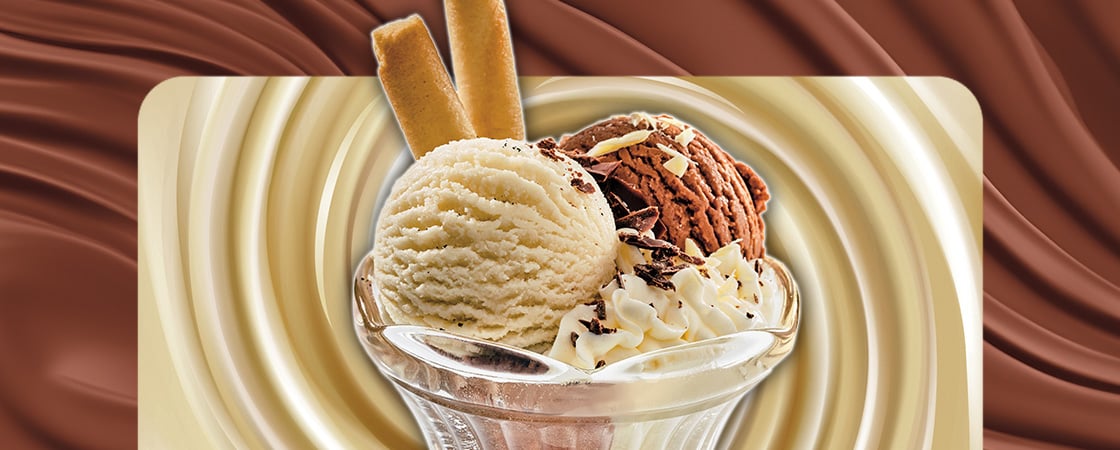BSIP/Universal Images Group via Getty Images (Tree); Shutterstock.com (All Other Images)
Chocolate comes from trees. These trees grow around the world, but they especially thrive in the hot, wet forests of West Africa. Brown cacao (kuh-KOW) fruits grow on these trees. Chocolate is made from the seeds in these fruits.
Chocolate comes from trees. These trees grow around the world. But they really thrive in West Africa. The forests there are hot and wet. Brown cacao (kuh-KOW) fruits grow on these trees. Chocolate is made from their seeds.

